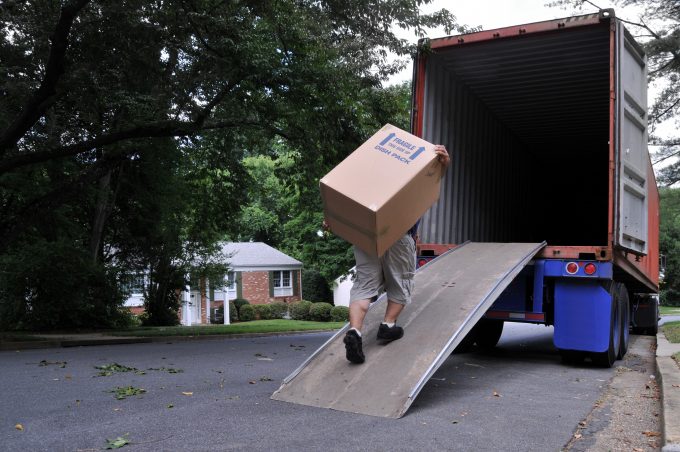xChange 'greybox' platform could save carriers millions in repositioning costs
A new approach is needed to reduce the enormous costs involved in moving empty containers ...

Repositioning empty containers costs the shipping industry $15-$20bn a year – up to 8% of a shipping line’s operating costs – according to Boston Consulting Group (BCG).
At this week’s Intermodal Europe event in Rotterdam, Johannes Schlingmeier, a consultant at BCG, said the huge number of empty container movements ...
Predatory rivals circle as the ripples from DSV's Schenker buy widen
MSC Elsa crew face criminal probe, as Wan Hai 503 firefighters battle on
Latest Israeli attack on Iran a threat to box ships in Straits of Hormuz
Industry concerns rise after yet another box ship on fire off Indian coast
'It's driving us mad', say forwarders as US court fails to end tariff turmoil
European port congestion easing – for now
More legal trouble in India for MSC: feeder vessel detained after box ship disasters
MSC to hold 15% global container terminal market share after Hutch buy
EXCLUSIVE: The good old DSV, 'Winning as One' – all Schenker top dogs out (Part 2)
EXCLUSIVE: Schenker top exec departs 'One DSV' – fishing continues (Part 1)
DHL makes €500m bid to increase its presence in 'fast-growing Gulf markets'

Comment on this article
AKM Hasnain
October 02, 2017 at 7:48 amWe are looking one way lease papartn , who capable to movemt our containers from Sin / PKG, DXB, CMB to Chittagong Bangladesh.
For any qry
Tim
August 27, 2019 at 1:03 pmInteresting article, the team at xChange is doing a great job!
We actually wrote an overview article about the reasons for empty container repositioning and different technologies that can solve this problem. You can find it here:
https://transmetrics.eu/blog/how-to-solve-empty-container-repositioning-problem-with-technologies/